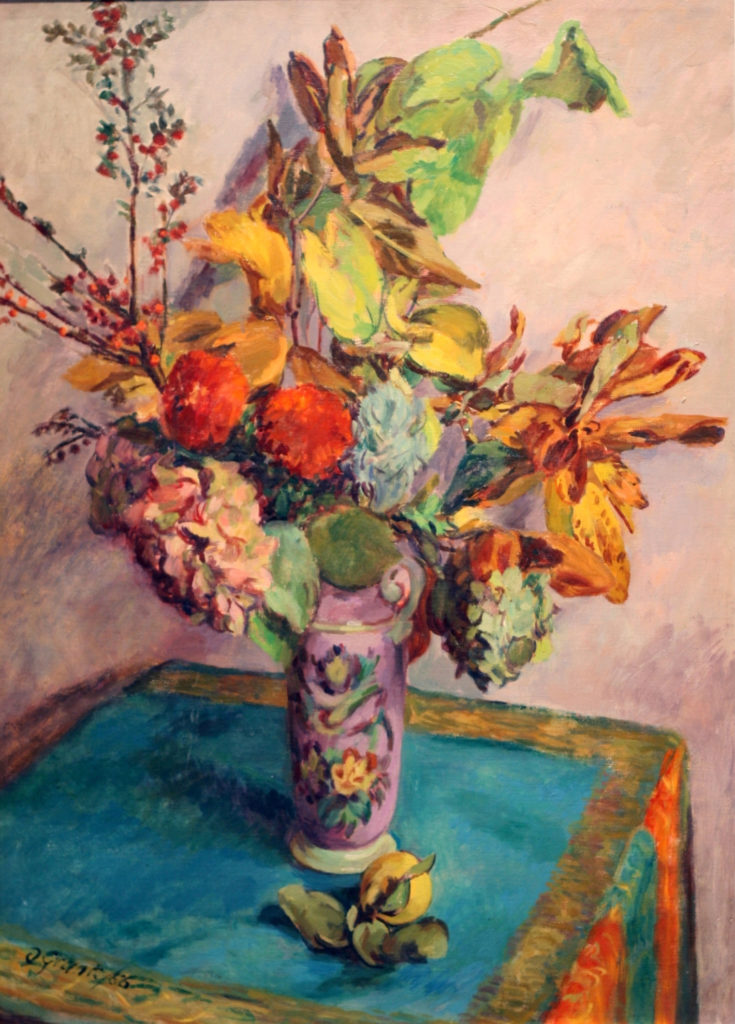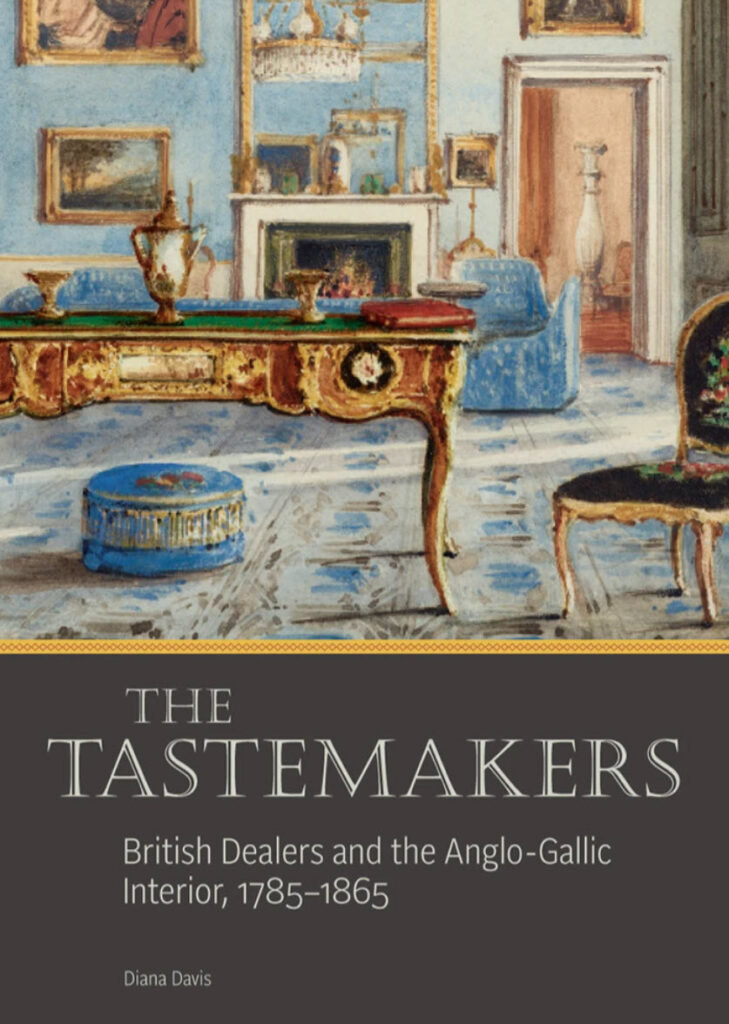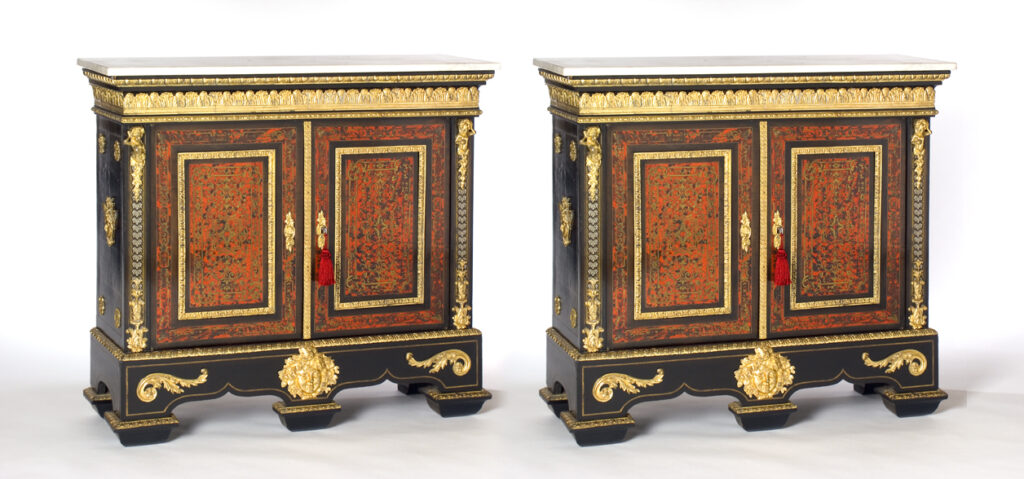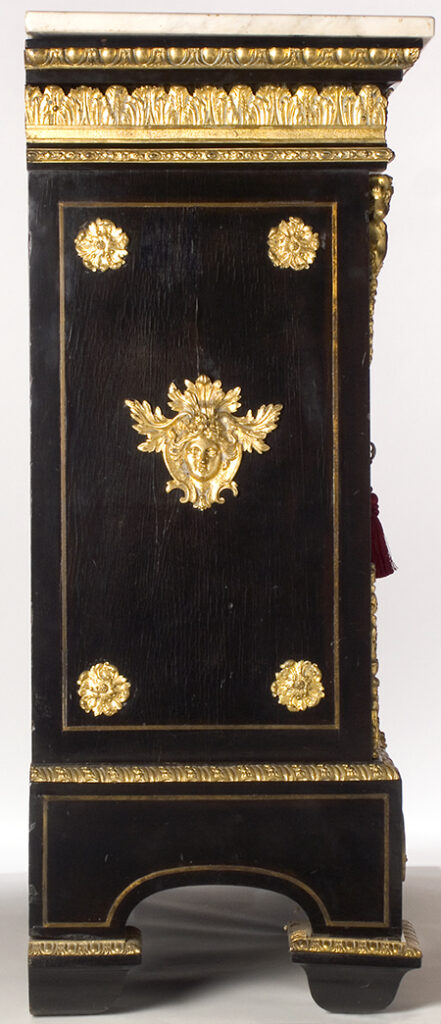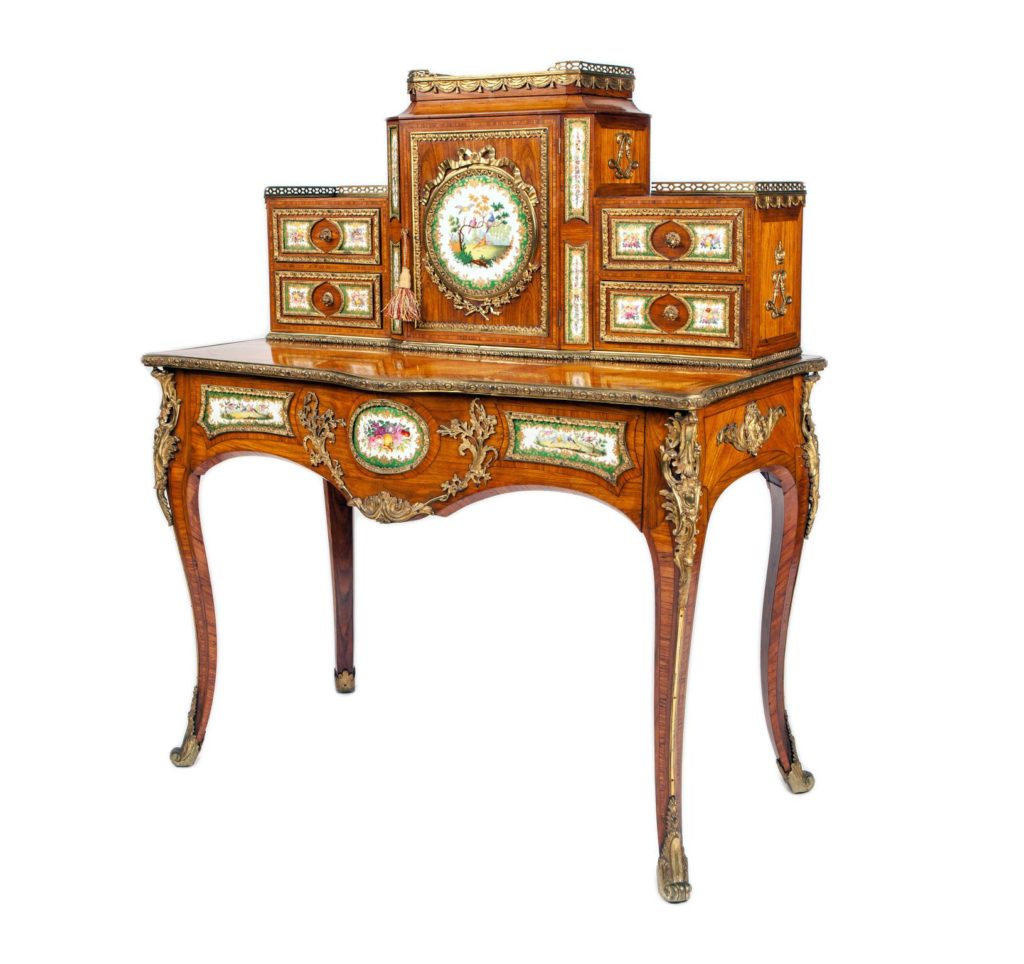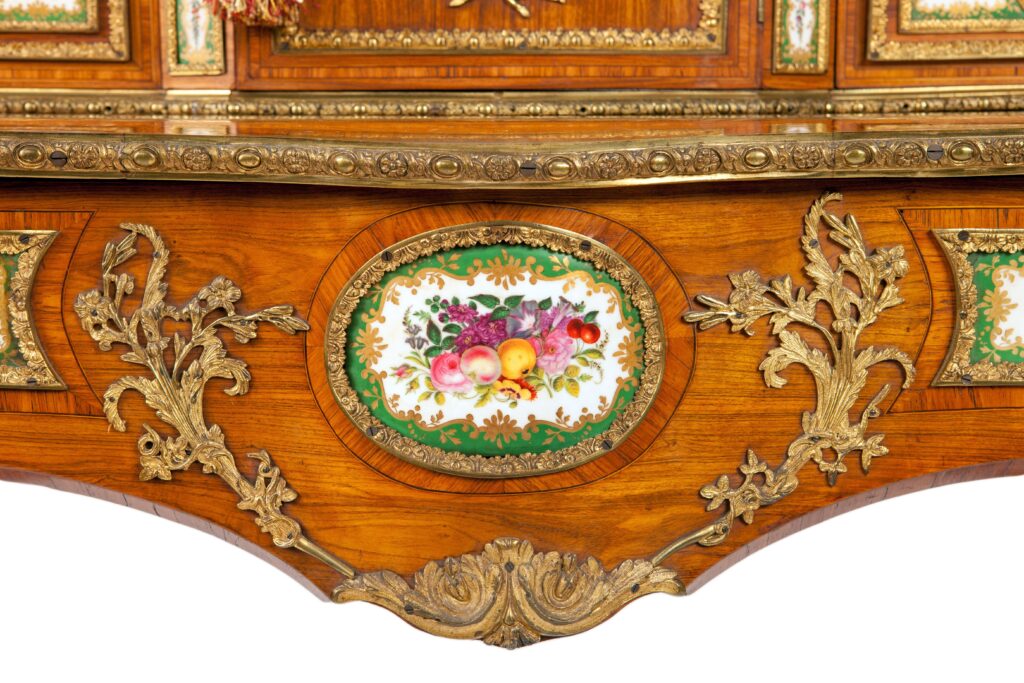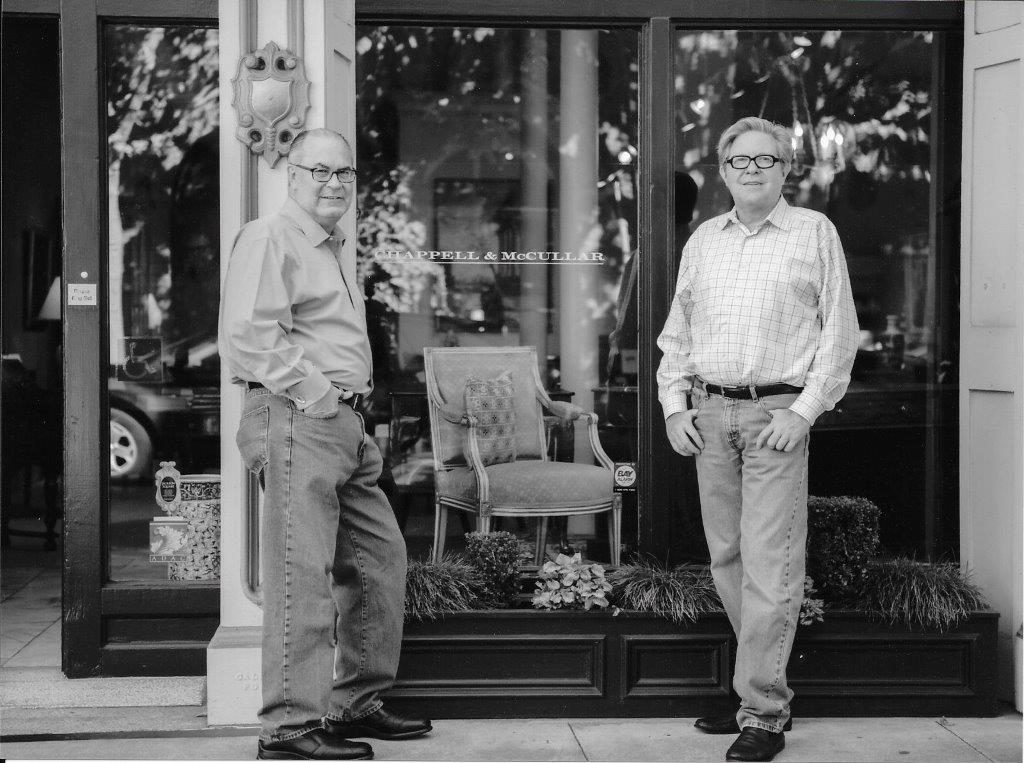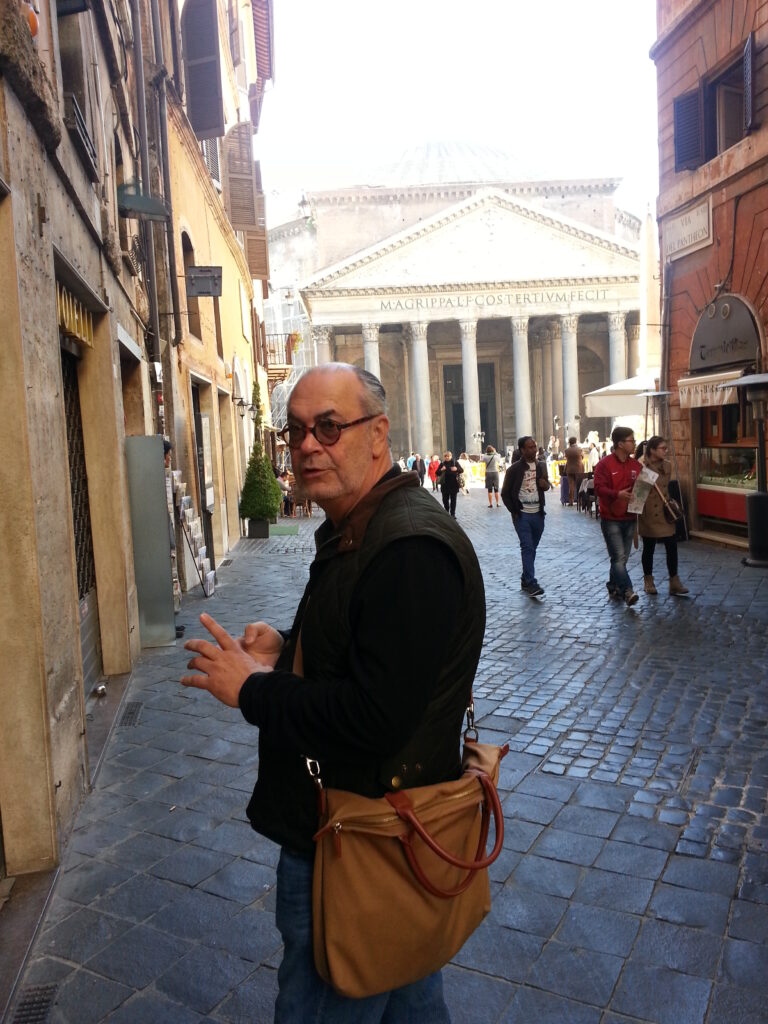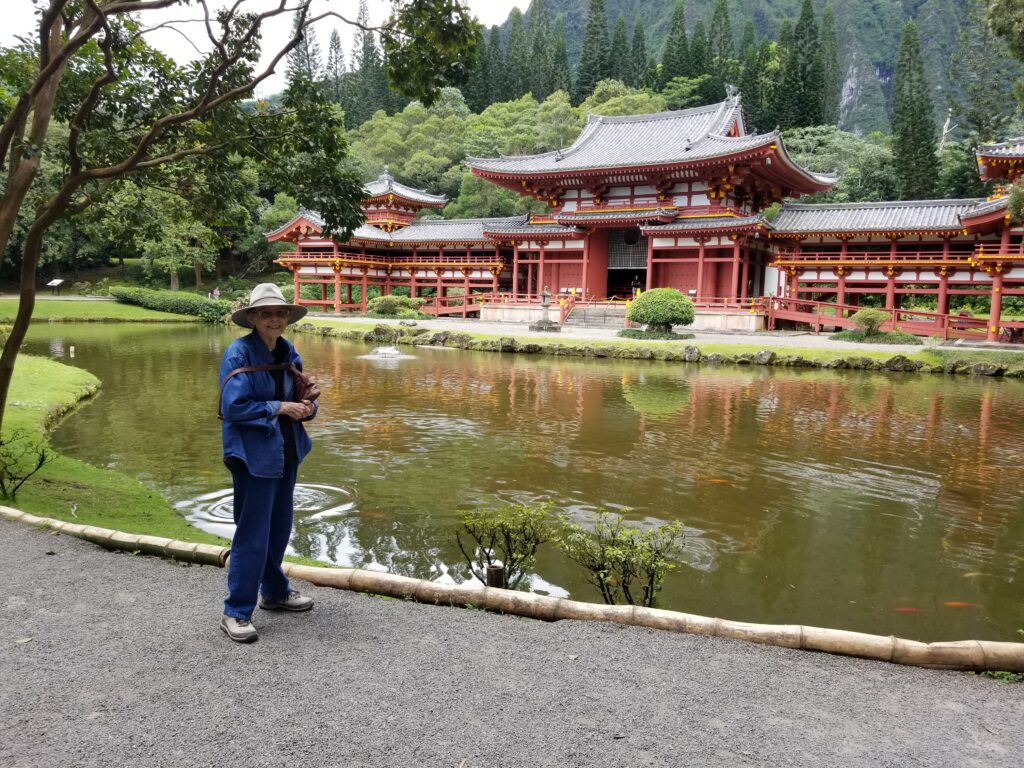For those handful of my gentle readers, you’ve noticed I’ve lately cited Russel Belk and Susan Pearce and their books of several decades ago about the nature of collecting. Dr Pearce’s On Collecting is particularly cogent and amply repays a number of rereads. In the course of doing this just now I’ve found something about which I take exception, that a person’s collecting, if what’s gathered truly is a collection and not just an accumulation, must in the fulness of time come ‘naturally’ (her word) to an end.
Really? Perhaps I am more acquisitive than the normal run of collector, but I must say, now approaching my 7th decade, there is no end in sight. What do Japanese woodblock prints, Hawaiiana, and Bloomsbury Group artists have in common? If you can answer that, then you’ll also know that, during my mortal span, collecting will be lifelong. The answer, as you will have divined, is that these are my collecting interests, and if I broke these down respectively into ukiyo-e depictions of the Chushingura, ‘umeke, and the paintings of Duncan Grant and Vanessa Bell, it’s apparent that there’s some focus and my interests are not just acquisitive. A sidebar, I could break these down by several additional degrees of specificity, but I sense even at this remove that my readers’ eyes have begun to give hints of a sleepy heaviness.
While of course, anyone’s collecting interest starts out as an enthusiasm, and is for many people and most objects short-lived, the sustaining passion lies in what I have so often written about, a connoisseurship that lies in a general rubric consisting of a deep understanding of the object and its placement within the history of material culture. Indeed, collecting is basic to material culture, and connoisseurship is an integral component, dressed up, if you will, with the application of a number of methodologies. When was it made? How was it made? Who made it? And what motivated the maker? Is it a good example, or a bad example of its kind and why? Any method, whether just an analysis of form or a more complex consideration of cultural context, can be a sustaining driver for a collector, and in my case as in that of most others, this leads into some fascinating byways. My partner Keith McCullar and I began collecting ukiyo-e forty years ago based on not just their aesthetic appeal but also because they fit into our budget. A pretty good impression by the prolific early 19th century artist Kunisada could be had, then as now, for a couple of hundred dollars. What we both found, though, was that these so-called images of the floating world were so often bound up with the popular kabuki theatre, this then sparked an interest in kabuki, and, in particular the Chushingura, the tale of the 47 samurai who sought revenge at the cost of their own lives, following the suicide of their master shamefully forced by his own overlord. This becomes a long story of Japanese culture that amongst other things led me to read a yearlong course on the subject at the School of Oriental and African Studies at the University of London the many aspects of which, although dovetailing into my interest in ukiyo-e-e would itself take a year in the retelling- interesting to me, but even at this point sense an ever-increasing heaviness of the eyelids amongst my own patient readers.
Although absent the sense of honor that was the driving force of the 47 leaderless samurai, or ronin, our own collecting activity, and this accords with Pearce’s own explanation, does also accord with the ronin in that it allows for order and control of at least a portion of one’s life. Collections are one’s own, and provide a safe space from which one can escape the vicissitudes of the world outside one’s collecting ambit. It is ironic, now I think about it, that the long Eurocentric tradition of capitalism and concomitant
stresses associated with it can be relieved in a musing associated with a pleasurable aspect of capitalist acquisition.
Still and all, collecting and an understanding of the nature of the pieces we’ve acquired remains sustaining, particularly in this time of COVID forced isolation. Indeed, it is the introspection wrought by isolation that has caused me more deeply to consider the nature of collecting, and brought me to the works of Belk and Pearce. And, I must say, the coincidence of an academic consideration has considerably enhanced the enjoyment of my own collecting activity.
And, indeed, there is no end to it in sight. Something not particularly specific to my own interests but worthwhile considering, is the prolific output of those artists whose work Keith McCullar and I collect. Whether it is the unknown Hawaiian artisans who crafted ‘umeke from countless kou trees, or Kunisada whose prints naturally were reproduced in their multiples, or the long lived Duncan Grant who painted anything and everything during his 80 year career, we’ve ample opportunity to acquire objects and then, in the fulness of time, achieve a level of understanding which I would prefer to consider connoisseurship, allowing us to discriminate between the better and the lesser productions of the artist. At the risk of becoming immodest, I can say that my own vocation as a dealer in art and antiques helps me in my collecting avocation, giving me a better ability than I might have otherwise to make these distinctions. In our own time where art and artists are so often lionized, it should be borne in mind that not every artistic production is a masterwork- a plain fact with is often- and very often by the artists themselves- occluded.
For all this, though, my musing on collecting is entirely that and shouldn’t serve as a guide for anyone else. In the chapter in her book entitled ‘The Poetics of Collecting’, Dr Pearce identifies five basic collecting strategies, including completing a set or series of objects, which makes it clear that this strategy is self-limiting. Perhaps realizing that what she’s identified is not a catchall, she concludes by writing ‘It is the collector who decides upon the rules of the game.’ And in this we are in complete agreement- my game has no end in sight.

